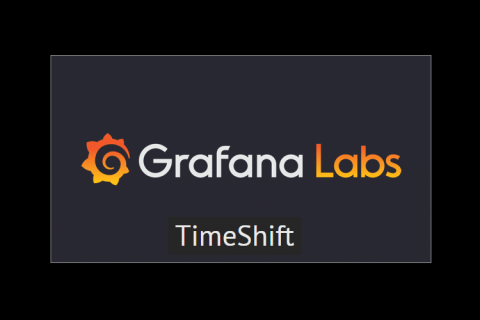Operations | Monitoring | ITSM | DevOps | Cloud
Analytics
Masters of Machines
Securing the Sumo Logic Service
timeShift(GrafanaBuzz, 1w) Issue 51
This week we’re proud to announce Grafana v5.2.1 stable is now available! Learn more and download the new stable release below, install the latest plugin updates, and check out this week’s collection of articles from around the web. Enjoy!
The Importance of Historical Log Data
Centralized log management lets you decide who can access log data without actually having access to the servers. You can also correlate data from different sources, such as the operating system, your applications, and the firewall. Another benefit is that user do not need to log in to hundreds of devices to find out what is happening. You can also use data normalization and enhancement rules to create value for people who might not be familiar with a specific log type.
Evolution of Telemetry at Bloomberg
With 5,000 engineers, 325,000 customers running its software, 2 data centers fully owned and operated, 200 node sites around the world, and a diverse architecture developed over almost four decades, Bloomberg has that many reasons to be committed to monitoring.
Fluentd vs. Fluent Bit: Side by Side Comparison
We all like a pretty dashboard. For us data nerds, there’s something extremely enticing about the colors and graphs depicting our environment in real-time. But while Kibana and Grafana bask in glory, there is a lot of heavy lifting being done behind the scenes to actually collect the data.
Metrics At Scale: How to Scale and Manage Millions of Metrics (Part 2)
With businesses collecting millions of metrics, let’s look at how they can efficiently scale and deal with these amounts. As covered in the previous article (A Spike in Sales Is Not Always Good News), analyzing millions of metrics for changes may result in alert storms, notifying users about EVERY change, not just the most significant ones. To bring order to this situation, Anodot groups correlated anomalies together, in a unified alert.
Grafana v5.2 Released
The recent 5.1 release focused on smoothing out the rough edges from the 5.0 release. The major highlights of the Grafana 5.2 release are these two much-requested, long-awaited features.
The Complete Guide to the ELK Stack - 2018
With millions of downloads for its various components since first being introduced, the ELK Stack is the world’s most popular log management platform. In contrast, Splunk — the historical leader in the space — self-reports 15,000 customers total. But what exactly is ELK, and why is the software stack seeing such widespread interest and adoption? Let’s take a deeper dive.










